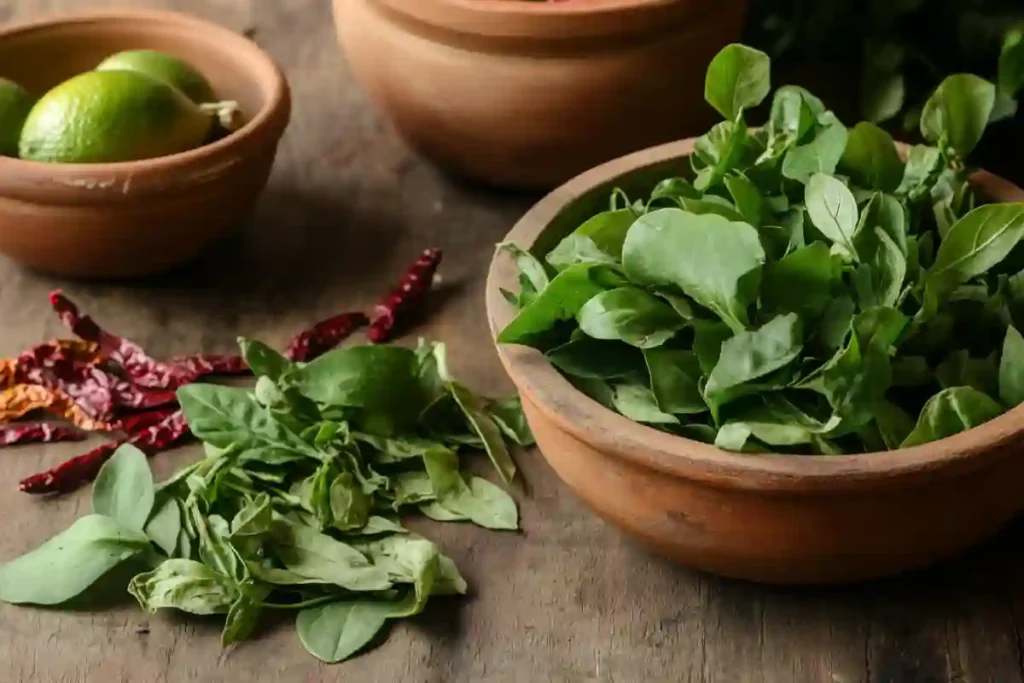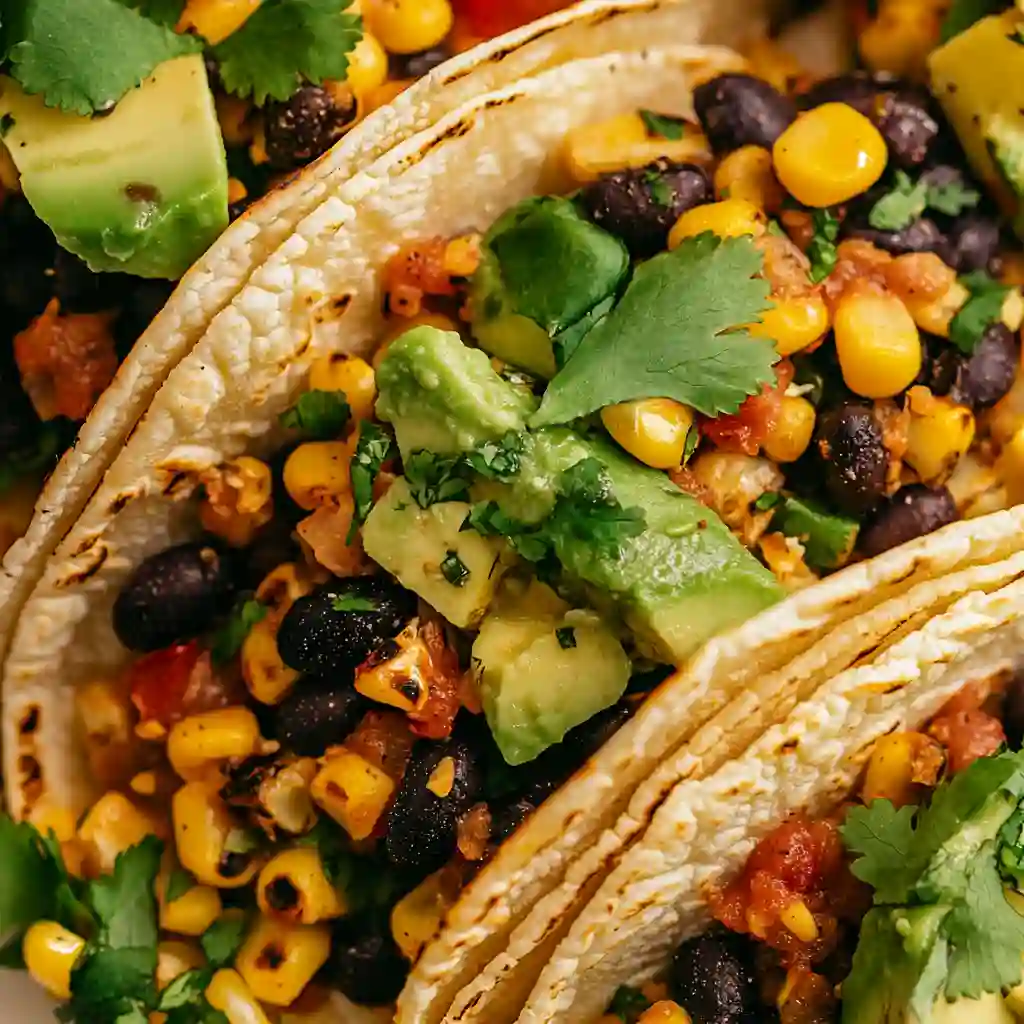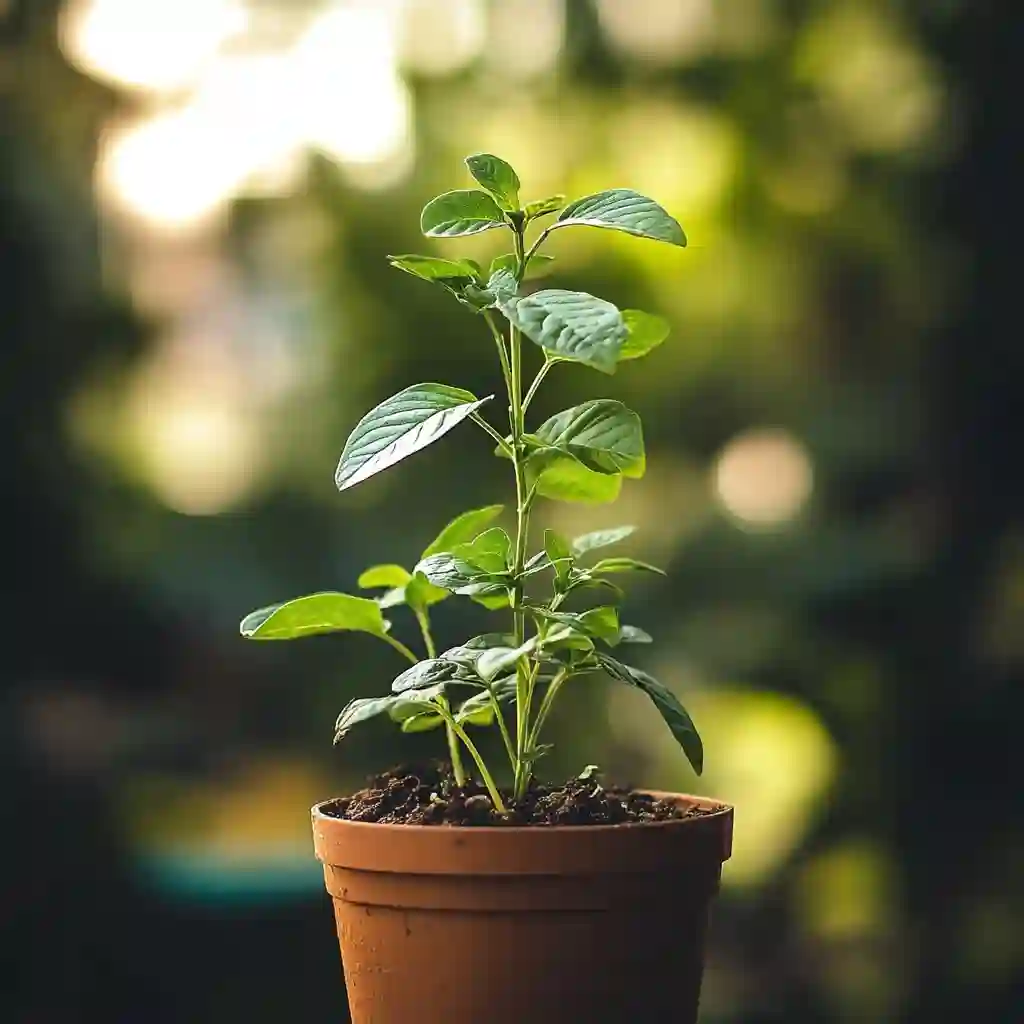
Table of Contents
In this guide, we’re diving into the flavorful world of papalo—a bold, herbaceous green that’s not just another cilantro substitute. Often seen garnishing tacos and infusing salsa recipes across Mexico and South America, papalo brings a punchy, peppery flavor that’s impossible to forget. Whether you’re growing it, cooking with it, or just curious, you’ll discover what papalo is, how it’s used, and why it deserves a spot in your kitchen garden.
The Origin and Cultural Significance of Papalo
A Flavor That Bridges Generations
I still remember the first time I tasted papalo. I was backpacking through Puebla in my late twenties, still figuring out who I was—and what I liked on my sandwiches. A vendor handed me a cemita stacked high with avocado, white cheese, and this curious leaf tucked inside. It wasn’t basil, not arugula either. It was bold, peppery, and left a citrusy tingle on my tongue. That leaf was papalo.

Papalo isn’t just a garnish—it’s a conversation starter. In many parts of Mexico, especially in Puebla and Oaxaca, papalo is layered into tacos and tortas as a sign of regional pride. The herb dates back to Aztec times and was traditionally eaten fresh, not cooked. It was never used medicinally—only for its unforgettable taste. Now, it’s making waves beyond Latin America, even popping up in fusion-style creations like papalos deep dish pizza, where its flavor holds its own against rich tomato sauces and bubbling vegan cheese.
What Makes Papalo Unique?
Scientifically known as Porophyllum ruderale, papalo is an annual herb from the sunflower family. Though often nicknamed “Bolivian coriander” or “summer cilantro,” it’s not related to cilantro at all. Its strong aroma and vibrant flavor make it a standout in any dish.
Here’s what sets it apart:
- Taste: A mix of arugula, cilantro, and citrus with a mild bitterness
- Use: Typically eaten raw in tacos, salsa, and tortas
- Growth: Can reach up to 5 feet tall and thrives in well-drained soil
- Names: Known as quillquiña in Bolivia, and pápaloquelite in central Mexico
Curious to try it in your own kitchen? Start with this punchy papalo salsa recipe or explore how it elevates flavor in these simple papalo tacos. One bite, and you’ll understand why papalo is no ordinary herb.
Creative Culinary Uses of Papalo in Everyday Cooking
How to Use Papalo in Recipes
Papalo’s strong, citrusy flavor means it’s not the kind of herb you hide in the background. It shines as a fresh addition, and just a few leaves can redefine a dish. In traditional Mexican cooking, it’s common in tacos, tortas, and regional salsas—but that’s just the beginning.
Here’s how I often use papalo in my own plant-powered kitchen:
- Torn over tacos: Add it just before serving for max impact
- Layered into sandwiches: Like the Puebla-style cemita, a must-try
- Blended into salsas: As in this papalo salsa recipe, where it pairs beautifully with charred tomatoes
- Steeped as tea: You can even try papalo tea for a zesty herbal infusion
- Tossed in raw salads: Alongside mango, lime, and grilled corn
While it can be used dried, the fresh leaf is where its full character comes alive. According to Gardeners’ Magazine, the herb is best added at the end of cooking or just before serving, to preserve its bright, peppery essence.
Flavor Pairings That Work with Papalo
To make papalo work for your taste buds, it’s all about balance. Pairing it with rich, creamy, or earthy ingredients will mellow its assertiveness while highlighting its zesty charm.
Here’s a quick reference table for your kitchen:
| Ingredient | Why It Works |
|---|---|
| Avocado | Creaminess softens the bite of papalo |
| Tomatoes | Acidity complements its lemony profile |
| Black beans | Adds brightness to earthy, dense flavors |
| Mango or Pineapple | Highlights sweet-savory contrasts |
For something totally fresh, try tossing a handful of chopped papalo into a tropical slaw with grilled jackfruit. It’s bold, juicy, and unforgettable.
The Unique Taste and Pairing Power of Papalo
What Does Papalo Taste Like?
Papalo’s bold flavor is truly unforgettable—and not for the faint of heart. It has a peppery bite with notes that remind you of arugula, cilantro, and a faint squeeze of lime. But it’s more concentrated than any of those. In fact, many chefs consider it a flavor amplifier, thanks to the way it interacts with heat and fat.
If you’re tasting papalo for the first time, don’t expect subtlety. It’s bold, aromatic, and slightly bitter when raw. Once chopped or bruised, the flavor intensifies quickly.
Here’s how food lovers often describe its taste:
- Peppery like arugula
- Citrus-like zing, especially when freshly torn
- Slight bitterness similar to rue or dandelion greens
- An herbal finish that lingers
The key is using small amounts—this isn’t an herb you pile on like parsley.
Flavor Pairing by Intensity
Depending on what you’re making, you can adjust papalo’s presence to fit a range of flavor intensities. Here’s a quick table to help balance its strong profile with other ingredients:
| Pairing Type | Best Matches | Balance Level |
|---|---|---|
| Rich & Creamy | Avocado, cashew crema, coconut yogurt | High balance (tones down papalo) |
| Fresh & Acidic | Lime, grilled pineapple, tomatillos | Moderate (enhances brightness) |
| Earthy & Savory | Black beans, mushrooms, jackfruit | Best for contrast |
For a balanced bite, try layering papalo in tacos alongside grilled mushrooms or roasted squash. Want to mellow it out? Steep it lightly in hot water, like you would for papalo tea, and blend the liquid into your dressing base.
The Nutritional and Wellness Benefits of Papalo
Is Papalo a Healthy Herb?
Absolutely—and not just for flavor. Papalo is packed with nutritional benefits that make it a smart addition to any plant-based diet. This herb has been used for generations not as a medicine, but as a natural support for digestion and immunity.
Its sharp, vibrant flavor hints at its potent nutrient profile. Like many strong-tasting greens, papalo contains compounds that may help the body fight inflammation and improve gut function.

Nutritional studies suggest papalo includes:
- Vitamin C for immune support
- Iron for oxygen flow and energy levels
- Calcium and potassium for muscle and bone health
- Antioxidants that may reduce cellular damage
It also offers digestive benefits—many traditional recipes use it fresh alongside heavier meals like tacos or stews, precisely because it stimulates the palate and the gut.
If you’re already experimenting with iron-rich dishes, try layering in papalo alongside lentils or grains. And yes, there’s even a refreshing papalo tea version that’s both soothing and herbal.
Papalo’s Nutrition at a Glance
Here’s a quick table summarizing what makes this herb so nutritionally unique:
| Nutrient | Function | Found In |
|---|---|---|
| Iron | Supports red blood cells and energy | Fresh leaves, herbal tea |
| Vitamin C | Boosts immunity and skin health | Raw papalo in salsas or salads |
| Antioxidants | Fights free radicals in the body | Fresh and lightly steeped leaves |
Papalo is more than flavor—it’s functional. If you’re someone who already enjoys herbal-forward cooking, you’ll appreciate how well it integrates into everyday meals. For example, in recipes like papalos deep dish pizza, the herb does more than spice—it adds a gentle nutritional edge that makes indulgence feel balanced.
How to Find, Store, and Use Papalo Like a Pro
When Is Papalo in Season?
Papalo is a warm-season herb that thrives during summer, typically from late spring through early fall. In North America, it’s most commonly grown in regions like California, Texas, and Arizona, but you’ll often find it at Latin markets and farm stands during warmer months.
Unlike delicate herbs that bolt or wilt quickly, papalo actually loves heat and sun. Its hearty leaves become even more fragrant as summer progresses. While it hasn’t gone fully mainstream in U.S. grocery chains, more chefs and home cooks are discovering it through seasonal CSA boxes, local farmers’ markets, and specialty produce suppliers.
How to Buy and Store Fresh Papalo
When selecting fresh papalo, look for broad, green, paddle-shaped leaves that are unbruised and aromatic. Avoid any that appear wilted, yellowed, or overly dry at the edges.
Here are a few quick storage tips to keep it fresh:
- Wrap it in damp paper towels and store it in a loosely sealed plastic bag.
- Store in the crisper drawer for up to 5–7 days
- Avoid sealing it too tightly—papalo likes some airflow
- Wash only before use to reduce moisture damage
According to Specialty Produce, dried papalo exists but is rarely used, as drying diminishes its distinctive flavor. If you grow your own or buy it in bulk, you can also freeze chopped papalo in olive oil cubes for later use in soups, beans, or stews.
Want a bold way to use up fresh papalo fast? Try layering it in papalo tacos or blending a batch of tangy, herb-forward papalo salsa for your next gathering.
Flavor-Forward Papalo Recipes to Try Today
Cooking with Papalo at Home
Once you get your hands on fresh papalo, the next question is: what should you do with it? Fortunately, there are plenty of ways to bring this powerful herb into your kitchen. Whether you’re into zesty teas or comforting plant-based pizzas, papalo can handle it all.
Here are a few favorite recipes that show off its signature punch:
- Papalo tacos – Layered with black beans, avocado, and a fresh papalo garnish for bold, street-food flavor
- Papalo salsa recipe – This salsa brings out the herb’s citrusy bitterness with roasted tomatoes and chiles
- Papalo tea – A soothing, herbal infusion with detox-like benefits and a surprising aroma
- Papalos deep dish pizza – A fusion twist where papalo cuts through the richness of marinara and vegan cheese
Each of these dishes highlights a different side of the herb: refreshing, spicy, earthy, or even indulgent.
Tips for Cooking with Papalo
To get the best results, keep these quick rules in mind:
- Use it fresh and raw where possible—it’s most flavorful uncooked
- Add it at the end of cooking to retain its aromatic flavor.
- Pair with rich or acidic ingredients for balance
- Chop finely if you want to temper the sharpness without losing flavor
Papalo’s versatility means it can elevate everything from tacos to tea. Start small, experiment, and you’ll soon find it becomes a regular on your ingredient list.
FAQs
What is papalo in English?
In English, papalo is often called “Bolivian coriander” or “summer cilantro,” though it’s botanically unrelated to both. The plant’s real name is Porophyllum ruderale, and it’s native to Mexico and Central America.
What is papalo used for?
Papalo is commonly used in tacos, salsa, cemitas (Pueblan sandwiches), and tea. It’s always added fresh, typically at the end of cooking, to preserve its strong citrusy and herbal flavor.
What does papalo taste like?
Papalo has a bold flavor that’s often described as a cross between cilantro, arugula, and lemon. It’s peppery and pungent, with a slightly bitter herbal edge that mellows with cooking.
Does papalo contain iron?
Yes, papalo contains iron along with vitamin C, potassium, calcium, and antioxidants. It supports immunity, digestion, and overall wellness as part of a nutrient-dense, plant-based diet.
Conclusion
Papalo may not be the most famous herb in your pantry, but once you taste it, you’ll understand its cult following. Whether you’re adding it to tacos, brewing it into a refreshing tea, or blending it into a salsa, papalo brings life to whatever it touches. It’s bold, it’s refreshing, and it’s loaded with nutrients. Try it once, and you might never look at cilantro the same way again.
